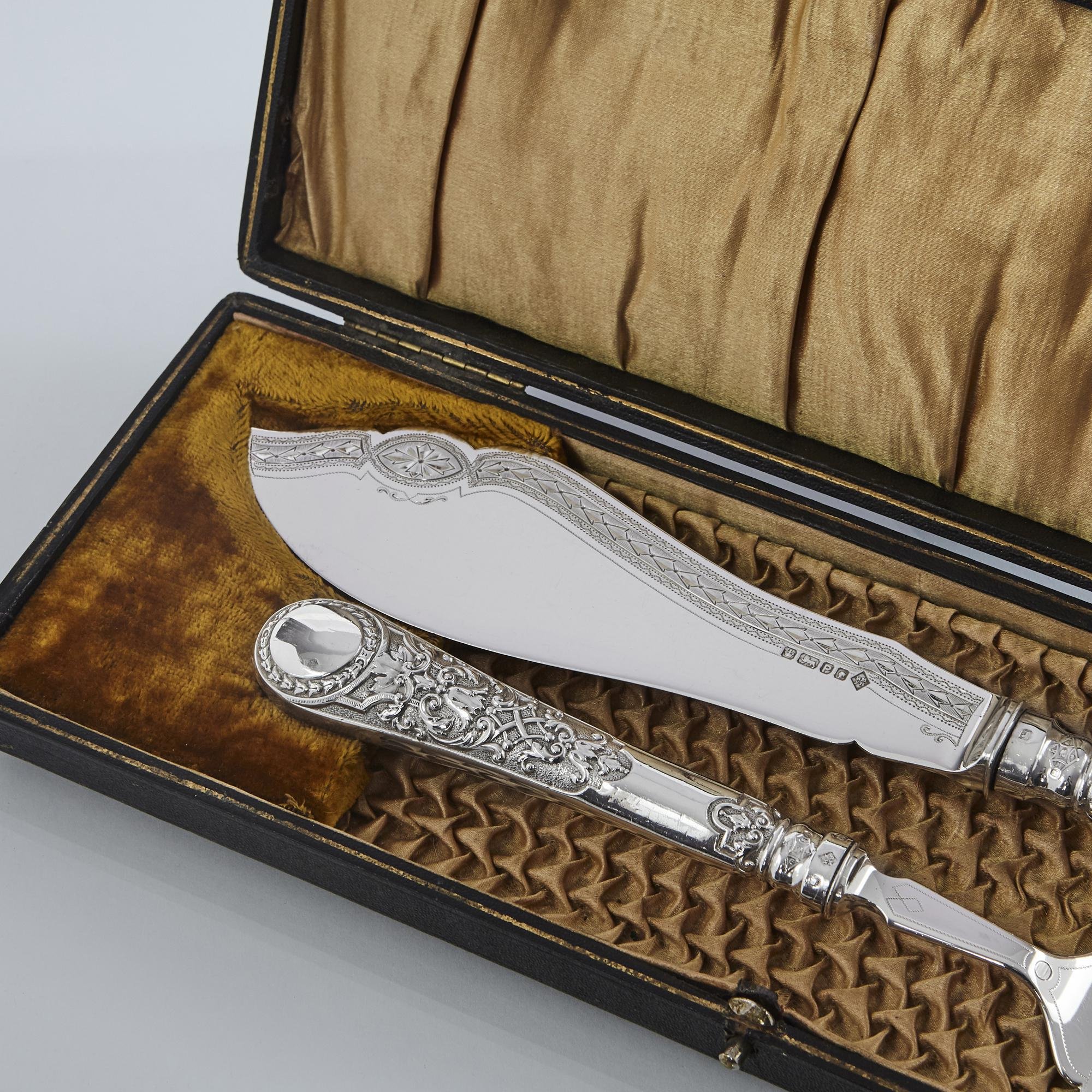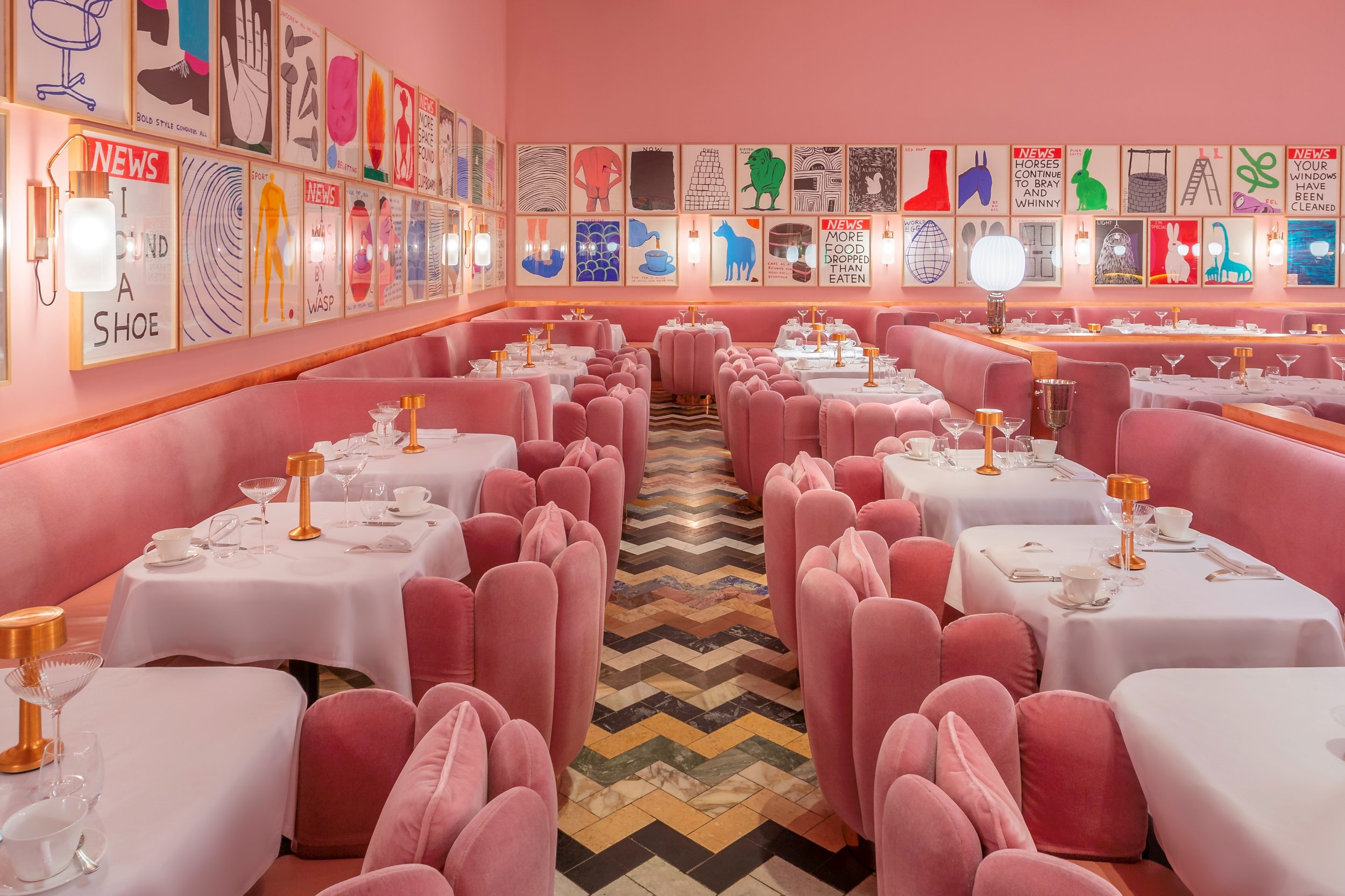Mini Marvels
20 November 2020
The magnetic nature of portrait miniatures, and the dealers fighting for their future.
Billy Jobling
Billy Jobling is Senior Writer and Researcher in the Post-War and Contemporary Art department at Christie's, London.
Portrait miniatures are often found in eighteenth-century society paintings, but you wouldn’t know they’re there. What might be seen is a chain, on which a miniature was worn like a pocket watch. The portrait would be tucked under clothing, on the left, close to the heart; it faced inwards, so that nobody else could see it.
Henry Pierce Bone, Louisa, Countess of Craven, 1836.
Image courtesy of Elle Shushan
‘They’re really very different from large portraits that were meant to hang over the fireplace’, Elle Shushan explains. ‘That was your public self, and miniatures were your private self.’
A third-generation specialist – the Latter-Schlesinger Collection of portrait miniatures in the New Orleans Museum of Art belonged to her great-uncle, and later her aunt – Elle grew up with these objects. Today, based in Philadelphia, she is one of the world’s leading dealers in the field, and works with many prominent public and private collections.
While the fashion for wearing miniatures may have peaked some two centuries ago, their intimacy still speaks powerfully to collectors. ‘They’re all personal,’ says Elle, ‘whether or not you even know who is pictured. Because unlike a larger portrait, you can only really view these by holding them. And if you’re holding something, it’s a personal object. They were never meant for public consumption – they were always meant for the eye of the recipient only.’
In 1785, the Prince of Wales – the future King George IV – sent his mistress, Maria Fitzherbert, a discreet love token: a picture of his right eye, painted on a tiny ivory panel. The pair wed in secret soon afterwards. George was said to wear a miniature of Maria’s eye in a locket wherever he went. An aristocratic fad ensued. Eye miniatures were later made to mourn George’s daughter, Princess Charlotte, who died in 1817.
Dr David Skier and his wife, Nan, began acquiring these uncanny, jewel-like windows to the soul on a whim in the 1990s – Dr Skier is an ophthalmologist. They became hooked, and now house the world’s largest collection at their home in Birmingham, Alabama. Having already worked on a 2012 exhibition and accompanying catalogue of the Skier Collection, Elle is now deep into volume two, to be published in spring next year.
John Downman, A.R.A. Portrait of a Lady, circa 1790.
Image courtesy of Elle Shushan
Such devoted collectors go to great lengths to obtain their miniatures, and rarely part with them. More casual buyers in America, however, have become cautious since the introduction of a draconian ivory ban in 2014. Under the new rules, no ivory of any age, under any circumstances, can be shipped in or out of the country.
‘This came out of left-field’, Elle tells me. ‘It was a presidential order – nobody knew it was coming. I got stuck with about seventy pieces in London that I can never bring home. I tried for a couple of years to keep two stocks, and to continue selling at Masterpiece, but it became just financially impossible.’
While state laws vary across America, there is an exemption for miniatures in New York, where an object can still be sold if it is more than a hundred years old and less than twenty percent ivory. ‘I made a presentation,’ says Elle, ‘and they actually used my wording: that ivory in miniatures is absolutely as thin as a piece of paper, and if it’s not translucent it doesn’t work for what you’re painting on ivory for. So in New York, although it’s a long, complicated, time-consuming process, they will give you licenses.’
In 2018, the UK introduced its own stringent Ivory Act, which has yet to come into force. Here, too, portrait miniatures from before 1918 will be exempt with the right certification. But the maximum proportion of ivory allowed in other objects – which must be pre-1947 – is just ten percent. Pre-1918 objects containing more ivory are permitted only if they meet the forbiddingly high standard of ‘museum quality’.
Samuel Shelley, The Gaily children, 1804.
Image courtesy of Elle Shushan
‘The de minimis rule is one thing that I really objected to’, says Alastair Gibson, who deals in Chinese ceramics and works of art. ‘I said that ten percent was far too low for worthy art objects, which could be wholly made of ivory. You won’t be able to sell, in theory, something like a beautiful Ming Dynasty figure of a Guanyin, even though it could be three or four hundred years old. The ban never made any sense, and it still doesn’t for those who are in the art business. It’s punitive.’
Alastair sees the ban as a knee jerk reaction to public sentiment, and as symptomatic of a diminished appreciation of art history. He was one of the directors of FACT – the Friends of Antique Cultural Treasures – who brought an action to fight the ban in the High Court.
‘It was interesting in the first hearing, when we took along a few objects’, Alastair says. ‘It was clear that anything that looked like a piece of ivory, the judge found it slightly abhorrent, and couldn’t really see the artistic value. But as soon as you showed him a portrait miniature, the face changed.’
The court rejected FACT’s appeal, and the Ivory Act is due to come into effect. Brexit and the pandemic, however, have pushed it low down the government’s agenda, where it may remain for some time yet.
As for miniatures, Elle is hopeful that she can return to England next year for The Open Art Fair, to share these small wonders as she has for the past twenty-seven years. ‘There’s something absolutely hypnotic about opening a case, or opening the drawer of a tiny cabinet’, she says. ‘They’re new every time you look at them.’







